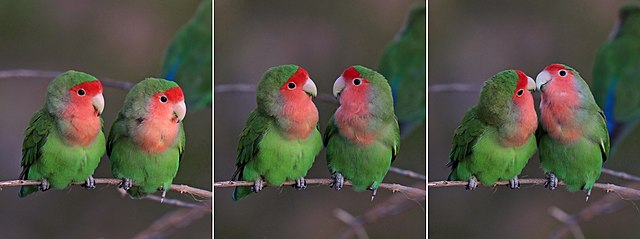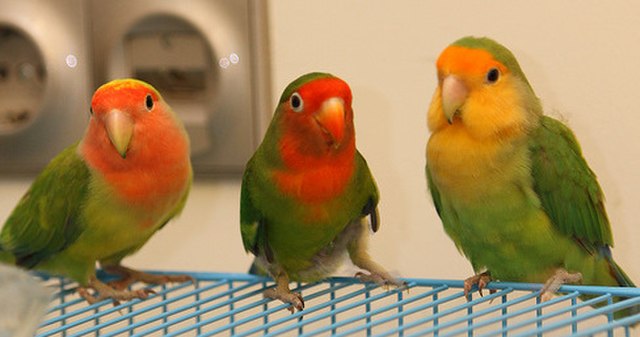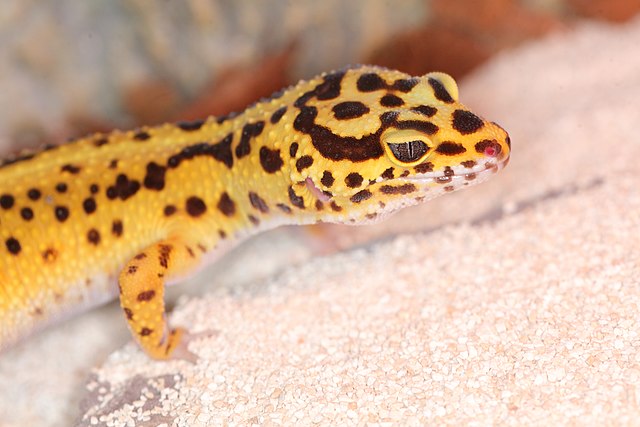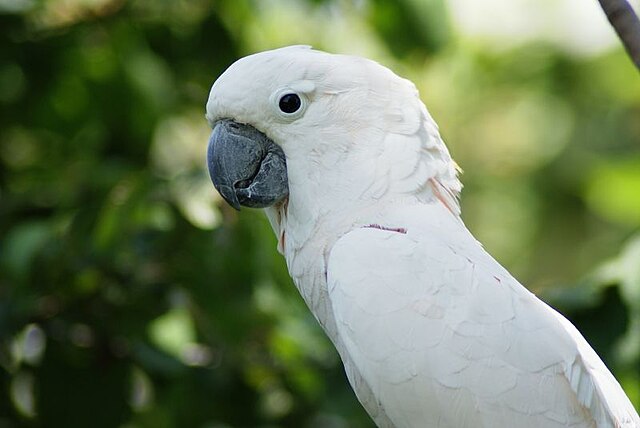Lovebirds, those charming and vibrant companions, have captured the hearts of bird enthusiasts worldwide. If you’re a proud lovebird owner or considering becoming one, you’ve likely wondered about their lifespan. In this guide, we’ll dive deep into the intriguing world of lovebirds’ lifespan, uncovering the secrets to ensuring a long and joyful partnership with these captivating creatures.
Lovebirds Lifespan: What You Need to Know
Lovebirds, those captivating avian companions with their vibrant colors and affectionate demeanor, hold the promise of becoming cherished members of your family for years to come. As you embark on this journey of avian companionship, understanding their lifespan is a vital step in providing them with the best care possible.
Lifespan Range
Picture the delight of sharing your life with these charming creatures for a decade and a half or more. Lovebirds typically boast an average lifespan ranging from 10 to 15 years when kept in captivity. This means that when you welcome a lovebird into your home, you’re embarking on a commitment that could span over a decade of joyful interactions, heartwarming melodies, and enduring bonds.
Exceeding Expectations with Optimal Care
While the 10 to 15-year estimate offers a general guideline, it’s heartening to note that many lovebirds, with attentive care and a nurturing environment, surpass these projections. With proper love and diligent care, lovebirds can enjoy extended lifespans that defy expectations. Imagine the stories they could share, the songs they could sing, and the unique personality traits they could develop over the course of a long and fulfilling life.
A Rewarding Investment
Caring for a lovebird is more than just a hobby – it’s a commitment to fostering a deep connection that stands the test of time. Each day you invest in their well-being, from providing a varied and nutritious diet to creating an engaging and stimulating habitat, contributes to their overall quality of life. The reward? A companion that greets you with chirps of affection, offers amusing antics, and even forms a bond with you that transcends mere pet ownership.

Factors Influencing Lovebirds Lifespan: A Deep Dive
Genetics and Species Variability
Lovebirds come in various species, each with its unique traits and characteristics. While there isn’t a single “longest-living” species, understanding your lovebird’s species can provide insights into their potential lifespan. For instance, the Fischer’s Lovebird boasts impressive longevity, often exceeding 15 years with exceptional care.
Nutrition and Diet
A balanced diet is the cornerstone of a lovebird’s health and longevity. Offer a diverse menu of fresh fruits, leafy greens, and fortified pellets. Supplement their diet with nutrient-rich treats like berries and sprouted seeds. Did you know that foods high in vitamin A, such as carrots and sweet potatoes, contribute to their vibrant feathers and overall well-being?
Cage and Environment
Your lovebird’s habitat plays a pivotal role in their happiness and longevity. Opt for a spacious cage with horizontal bar spacing, allowing them to climb and exercise their active bodies. Enhance their environment with perches of varying textures and diameters to support foot health. Rotate toys regularly and introduce puzzles and foraging activities to stimulate their curious minds.
Healthcare and Preventive Measures
Regular veterinary visits are a must for lovebirds. Experienced avian vets can catch potential health concerns early on. Keep an eye out for signs of illness such as changes in behavior, appetite, or feather appearance. In addition, practice quarantine procedures for new birds to prevent disease transmission and ensure a healthy flock.
Social Interaction and Mental Stimulation
Lovebirds, along with other pet birds like budgies, thrive on social bonds and mental stimulation. Spend quality time interacting with your feathered friend through play, training sessions, and gentle handling. Consider providing a companion lovebird if possible, as the companionship can significantly enhance their well-being and lifespan.
Lesser-Known Secrets to Enhance Lovebirds’ Lifespan
Enriching Environments
Expand your lovebird’s mental horizons by introducing stimulating activities. Craft DIY toys using safe materials like untreated wood, paper, and natural fibers. Rotate toys weekly to prevent boredom and encourage exploration. These engaging activities can contribute to their overall happiness and longevity.
Holistic Approaches
Consider incorporating holistic practices to enhance your lovebird’s well-being. Aromatherapy using bird-safe essential oils can promote relaxation and reduce stress. Experiment with soft music or nature sounds to provide a soothing auditory experience. Always monitor their reactions and ensure a positive response to these practices.

Conclusion
As you embark on this exciting journey of lovebird ownership, remember that the key to a long and vibrant companionship lies in your hands. By understanding the factors that influence lovebirds’ lifespan and providing a nurturing environment, nutritious diet, and plenty of mental stimulation, you can create a life of happiness and health for your beloved feathered friends. Cherish every moment, and may your lovebirds bring you years of joy and delightful companionship.








